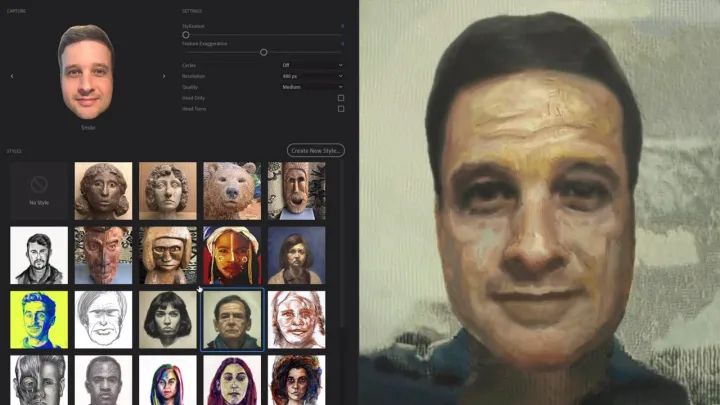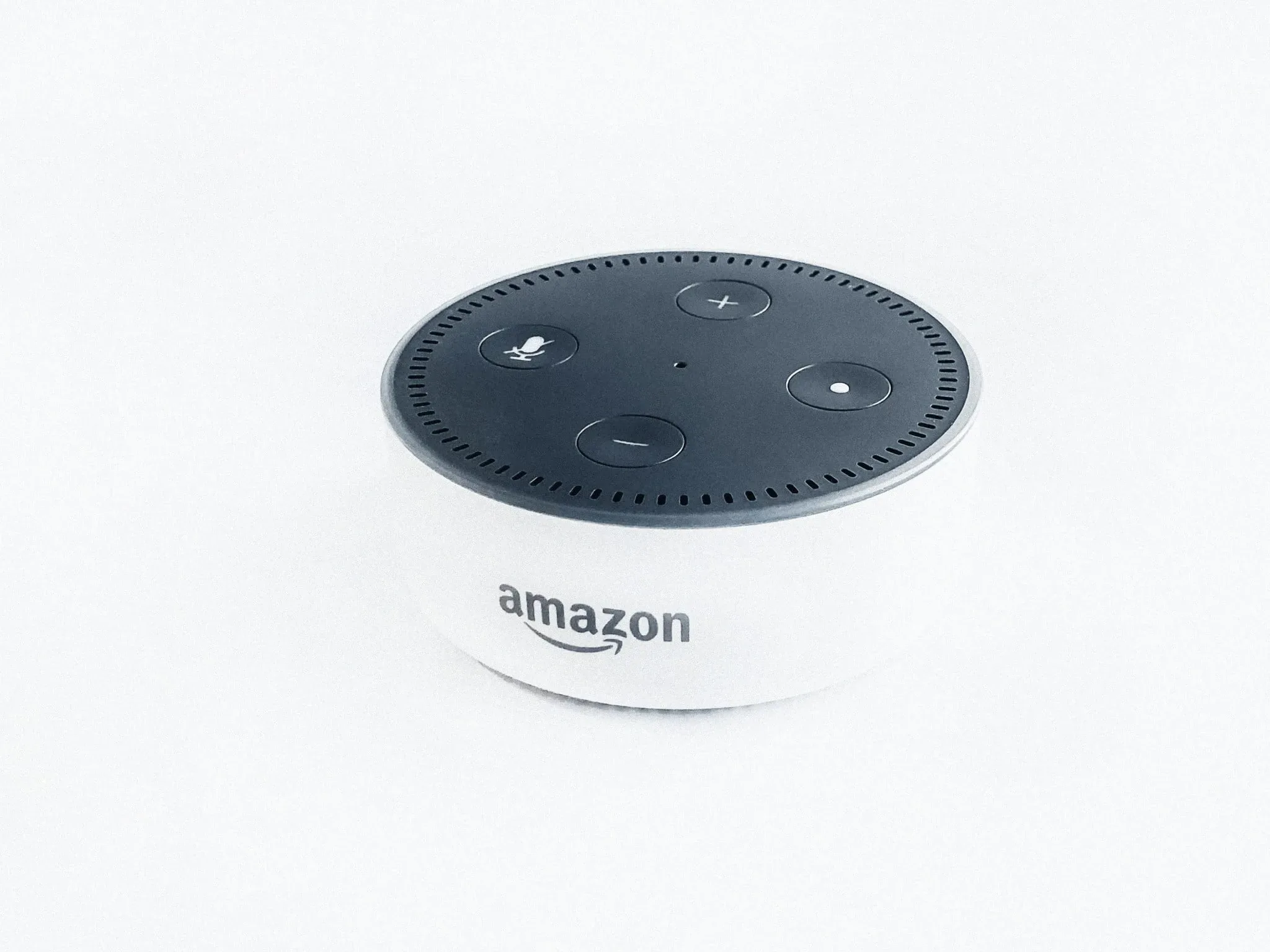Adobe has unleashed yet another genius product that will benefit a lot of budding animators, video designers, inspiring artists, and novice filmmakers. Adobe’s latest creation, Characterizer uses AI to take your normal videos and convert them into animated works of art.
Characterizer takes normal videos and turns them into motion capture shorts by referencing them to famous pieces of art; sort of like how Prisma works. The tool began its life as a tech demo and a research project. Now it is fully fleshed out and has been made part of Adobe’s Character Animator app.
The feature captures shots of a user’s face from different angles of the user’s face, to be later used for motion tracking. The user can then combine the captured video with a famous piece of art or a cartoon to create an animated painting of sorts.
Think of it as the moving paintings from the world of Harry Potter.
The technology used to create these masterpieces is Adobe’s very own Sensei AI. The AI analyzes all the captured images and within a few minutes is able to combine them with existing artworks.
Like most AI backed technologies, created portraits can vary in their styles and realism. With what I’ve gathered, however, the feature seems really robust in real time scenarios.
Characterizer is particularly powerful since it offers more flexibility than a normal video or image transfers. The software renders a completely editable puppet which will be similar to other Character Animator puppets.
Also Read: Hackers hiding crypto malware in Adobe Flash updates
This allows the puppet to be manipulated by experimenting with the same layers and control points like a normal Character Animator puppet. This means your animated portrait can be transformed into something totally different.
The tool is a good starting point for your motion capture projects.
Characterizer was introduced last year as Puppetron. Many people used to think these showcases and previews were developed by product teams at Adobe, but in reality they had been created by research interns working at Adobe.
Voco is a prime example of AI-powered software. When Voco was announced it created a lot of buzz and even more controversy. The software seemed so clever because it could effortlessly edit voice recordings.
Adobe thought of it as Photoshop for the voice. It opened up a world of opportunities, not all of them being good. The most obvious flaw in it was the possibility of falsely manipulating recording for self-benefit or harming someone’s reputation.
A few spoken words were enough to create completely unique sentences.
Adobe Max, the showcase for Adobe products is always a treat to watch. Every year the company introduces some creations that seem to be pulled right out of a sci-fi movie. Some of these teasers have such massive potential that they become their own stand-alone programs.
This year’s Adobe Max event featured the power of AI as the main headliner. Advancements in Artificial Intelligence have made it possible for sneaks to be submitted. Adobe Characterizer shows the possibilities of combing AI with creativity to produce something extraordinary.
And this is just the beginning of a beautiful friendship between AI and the human imagination. Let’s hope it’s not used for evil.







Share Your Thoughts